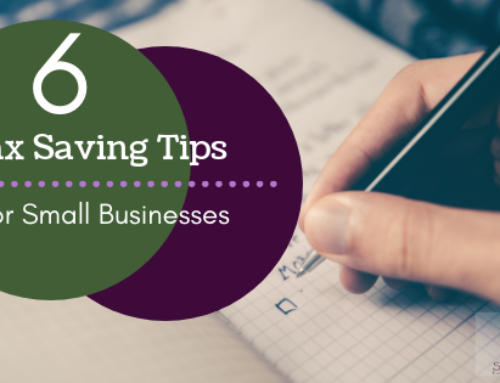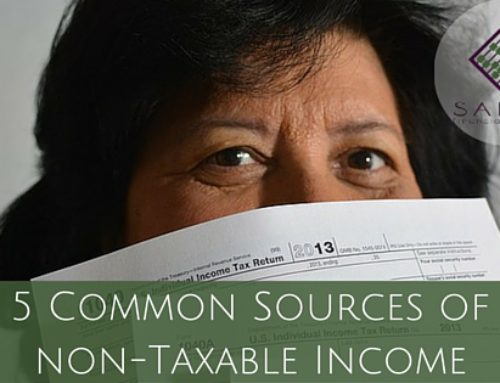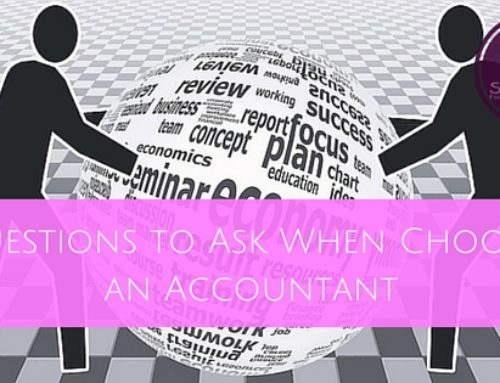If you’re a self-employed entrepreneur then you are responsible for paying your own taxes. In contrast, if you work for someone else under the classification of “employee”, taxes are automatically withheld from your paycheck before you see any money. Depending on your annual income and your circumstances, self-employed individuals and business owners may be required to pay taxes on a quarterly or monthly basis.
Step One: How much should I pay?
Check with your accountant or refer to past tax returns to determine how frequently you should be making tax payments. There’s no disadvantage to paying quarterly. You can, on the other hand, be assessed fees if you decide to pay annually but earn too much (and should have paid quarterly).
The 1040ES is a form that will help you estimate your quarterly taxes. It’s available here –
http://www.irs.gov/uac/Form-1040-ES,-Estimated-Tax-for-Individuals-1
You can also learn more information about quarterly tax payments and what is required here – http://www.irs.gov/businesses/small/article/0,,id=110413,00.html
Once you know how much you need to pay every three months, it’s time to create a plan to save for it. This isn’t your emergency savings plan. This is a different savings plan designed to take the financial pain and stress out of paying your taxes.
Step Two: Where Will You Save The Money?
For best results, I suggest creating a separate savings account for your tax payments. Getting behind on your tax payments is NOT something you want to do regularly. There are penalties for failure to make estimated tax payments that will cost you more money in the long run. If you keep good records you can simply keep your tax savings in your standard business checking account. The trouble with that is that you might be tempted to spend the money. A separate savings account for tax payments will keep the money out of sight and out of mind until it’s time to pay it.
Step Three: How frequently will you save the money?
Set a regular transfer from your checking to the tax savings account you designate. An automatic transfer is the easiest way to build your savings and ensure that you are setting aside money to take care of this mandatory bill. For example, you may set an automatic transfer of $200 from your business checking account to your business savings account each month and then use that money quarterly to pay your self employment taxes. To determine how much to deduct, simply divide your anticipated quarterly tax payment by three months or 12 weeks. If you are keeping all of your money in one account you’ll want to make sure you build up the amount in your account on a monthly basis so when tax time comes around you have enough money at the ready.
Step Four: Add Quarterly Taxes to Your Budget
Treat your quarterly taxes as any other business expense and incorporate your monthly tax savings into your monthly budget. You should be paying into your emergency savings account and your tax savings account before any expenses get paid. By doing this, you’ll make sure that you always account for the tax expense and never fall short. In addition, when tax time rolls around you’ll be stress free and in the black. Because nothing stresses out a creative entrepreneur like dealing with Uncle Sam and filling out his paperwork!
Saving for your quarterly taxes may not be fun, and there are certainly other things you’d be tempted to do with the money. One extra great month of revenue, and you could easily find reasons to go on vacation, buy some new equipment, or give yourself an instant raise. Keep in mind, however, that more revenue can calculate into higher taxes. By creating your quarterly tax plan you will remove the stress out of paying taxes and you make sure you’re not hit with a large payment (and possibly even financial penalties) at the end of the year. Cash flow is one of the main challenges a growing business faces. And a large, unexpected tax bill can take a big chunk of that much needed cash flow.










